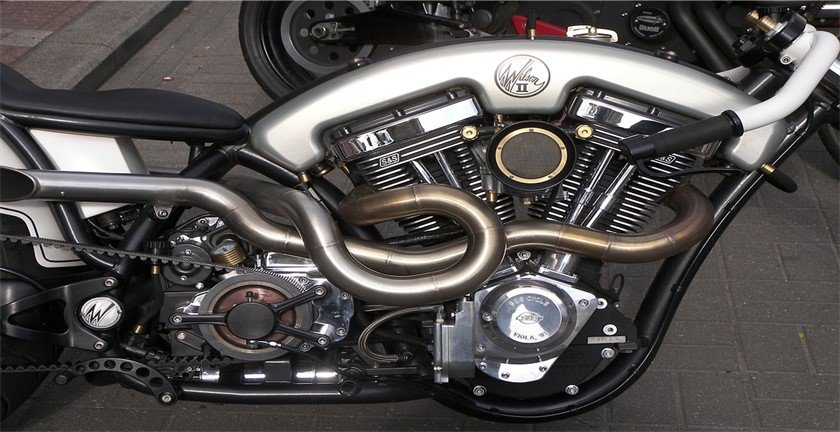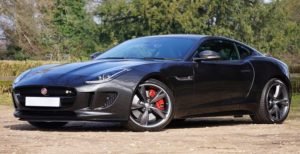A V-twin engine or V2 engine is a two cylinder internal combustion engine in a transverse position or mounted longitudinally. The engines have V configuration arrangement with angles greater than 0 but less than 180 degrees. Sometimes the cylinders can form an angle of 90-degree twin engine which is referred to as L-twin.
Pros:
1. Good balancing: The two cylinders balance the car engine leading to weight saving and improved car efficiency.
2. Excellent air cooling: V-twin engine has excellent cooling considering the hot air coming from the four-cylinder is dumped directly into the other cylinder. Air cooled and liquid cooled engines work just fine.
3. Lightweight: V-type engines are compact and lightweight compared to other engine types.
4. Power/size ratio: V-twin is used in about 8.4% of high displacement motorcycles, cruisers and touring bikes due to its good power/size ratio. Having the two cylinders at 90 or 180 degrees helps to balance the vehicles and makes them smooth and easy to modulate the power.
5. Wide application: The small form of the V-type engine enables it to be used in a wide range of vehicles where space is an issue like motorcycles, small tractors, and electric generators.
6. Legroom space: A low mounted v-twin creates more legroom and provide better handling compared to other bikes of a similar class.
7. Different variations: V-twin engines come in a different variation like air cooled and liquid cooled, transverse, OHV, OHC, and inline.
8. Increased speed: V-twin engines have two big pistons moving in equal and opposite directions. This makes them spin at top speed creating more peak torque and horsepower compared to inline engines of the same size with four pistons.
9. Torque: V-twin engines are very competitive and have greater torque at the same RPMs or lower. The V-type engine has a comparatively linear power delivery. High torque enables easy access to engine power
10. Unique: V-twin engines are narrow and help keep your motor side to side by stacking the cylinders from front to the back or keep the transverse crank. The engines are unique and easy to service.
Cons:
1. Light vibration: V-twin with one cylinder pitched horizontal and the other vertical ensure counterbalance in the motorcycles and reduce unwanted vibration which is a big issue with all v-twins.
2. Unbalanced cylinders: If the cylinders have an angle less than 90 degrees are not aligned correctly the engines become unbalanced leading to some vibrations in the car.
3. Lower horsepower: V-twin engine makes the vehicle has low horsepower but you will be able to gain a lot of torque. The intake velocity of v-twin engines tends to make more peak horsepower.
4. Low fuel economy: The two engine cylinders consume more fuel thus, be prepared to spend more on fuel.
5. Lower horsepower: V-twin vehicle has low power output compared to other V-engines.
6. Rough: Although the engine can be great for some street bike, many of the v-twins engines are rough in delivering power.
7. Loud valve train: V-twin engine has more frictional losses in the valve train which affects the piston speed. The piston problems can also affect ring reliability of your motorcycle.
8. Distinctive sound: The firing variations in the V-twin with the two cylinders make the motorcycles have some distinctive sound as you drive.
9. Uneven firing: The 90-degree layout forms uneven firing interval with the second cylinder which fires at 270 degrees of the crankshaft.
10. Limited airflow of rear cylinder: The configuration of V2 engine causes uneven distribution of airflows causing cooling problems on the rear cylinder.



